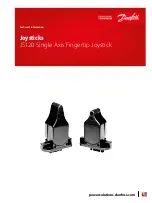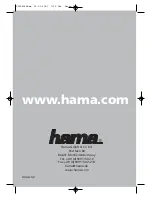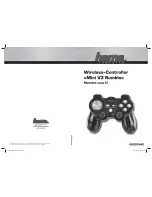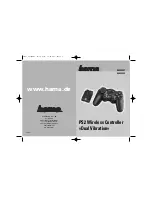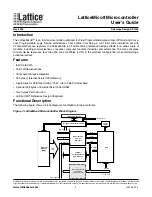
3
PRODUCT DESCRIPTION
A typical system consists of a host server (PC or POS terminal) where the application
software is installed and a number of LS6100 units. Each LS6100 unit can be connected to a
VGA monitor, a keyboard, and 2 serial interface devices. The LS6100 units communicate
with the host server via TCP sockets on Ethernet connections. Logic eNet commands are
sent from the server to display data on the LS6100 VGA monitor and to read key codes of
keys entered on the bumpbar or keyboard.
RESET Button
Press the RESET button located on the front of the LS6100 to reset the unit and access
Setup or self-diagnostic tests.
Power/Status LED
The power/status LED is located on the front of the LS6100. A light indicates that power is
ON. When communicating with the host server, the LED will blink.
Speaker/Beeper
The beeper function is controlled by host software applications. The frequency of the beeper
tone can be adjusted from the LS6100 Setup screen.
Keyboard
An RJ-11 to PS2 adapter will connect the LS6100 to a standard PC keyboard. Other
keyboard wedge interface input devices such as Bumpbars, Bar-Code Scanners or Magnetic
Stripe Readers can also be connected to the LS6100. The Logic Controls KB1700 Bumpbars
are specially designed for use in the kitchen. Refer to the KB1700 manual for more
information on the bumpbar.
Displays
LS6100 supports standard color VGA LCD displays with a standard 15-pin DSUB VGA
connector.
RS-232 Devices
The two auxiliary RS-232 ports on the LS6100 supports connections to serial printers, touch
screens
*1
, barcode scanners, and other serial interface I/O devices. The first serial port is a
standard 9-pin DSUB connector. The second port is an RJ45 connector with EIA-561 pin out.
Power Requirements
The power supply for LS6100 is same as the one used for LM3000 and LS3000. The power
supply is designed for single-phase, sinusoidal ac operation and accepts a wide input range
that does not require intervention to change between low- and high-voltage AC. Operation at




















